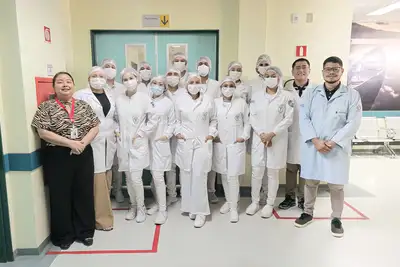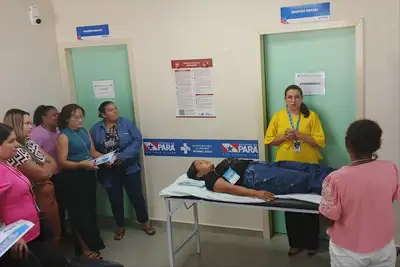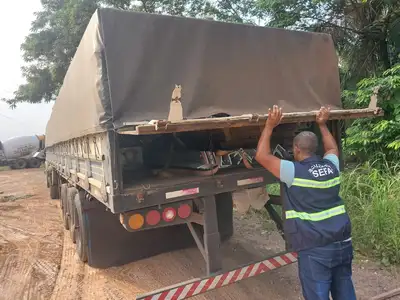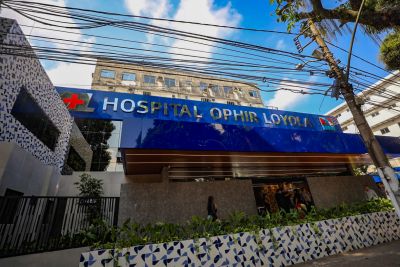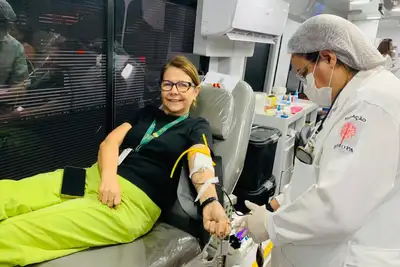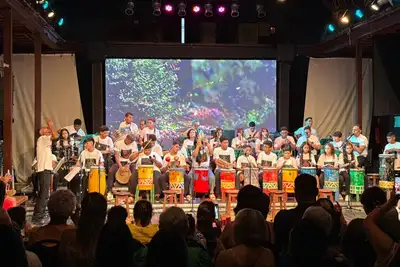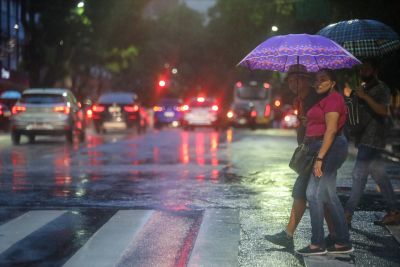Research in Pará uses cassava and açaí seeds in the production of sustainable packaging
With the support of scientific institutions in the State, UFPA invests in reducing the impact of plastic waste that primarily degrades the oceans
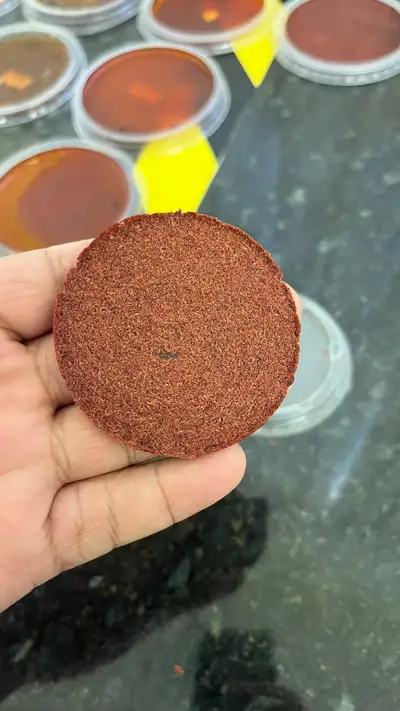
For the first time held in the Amazon, COP 30 - a conference that will bring together signatory countries of the United Nations Framework Convention on Climate Change (UNFCCC) - will find a promising scenario in Belém in the search for sustainable solutions. One of these initiatives is the "Bio-packaging of the Amazon" Project, developed by the Laboratory of Biosolutions and Bioplastics of the Amazon (Laba), at the Federal University of Pará (UFPA), with the support of the State Government, through the Amazon Foundation for Support to Studies and Research (Fapespa) and the State University of Pará (Uepa).
Based on two essential elements in Pará's cuisine - cassava and açaí - researchers are working to reduce the environmental impact caused by plastic waste, which primarily degrades the oceans, using the natural resources of the Amazon.
The Project, which also has the support of the National Rural Learning Service (Senar), and intervention from the Foundation for Support and Development of Research (Fadesp), aims to replace petroleum-derived packaging with biodegradable alternatives, produced from cassava starch and açaí seed waste — raw materials abundant in Pará.
Bioeconomy - "The goal is to create prototypes of sustainable packaging, aligned with public policies for technological innovation and sustainability, reducing the improper disposal of conventional plastics. In addition, we value local natural resources and strengthen the regional bioeconomy," explains the research coordinator, Professor José de Arimateia Rodrigues.
Açaí was chosen as a base due to its socioeconomic relevance — Pará is the largest national producer of the fruit, which is part of the daily diet of most of the population. Cassava, besides being significant in local agriculture and also essential in the diet (mainly in the form of flour), is widely studied as a raw material for bioplastics.
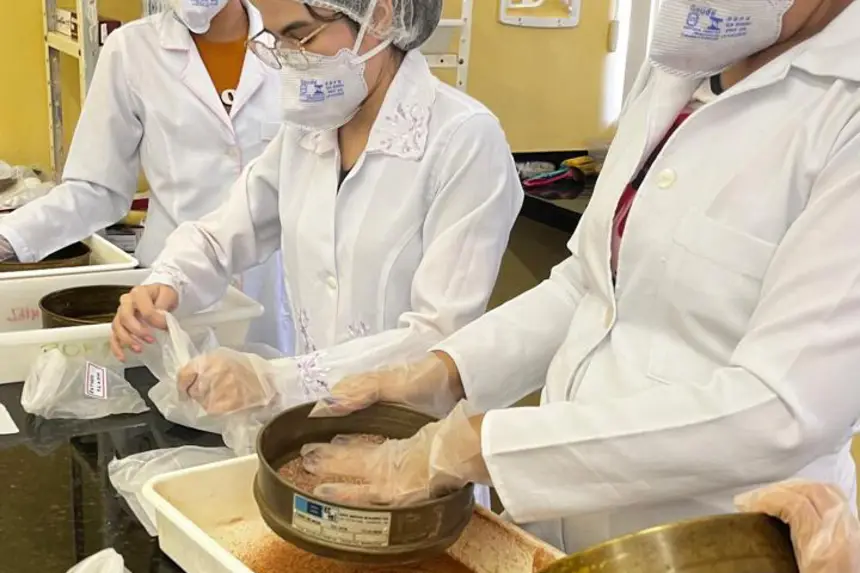
The development of the packaging involves physicochemical analyses, production of biodegradable films, technological testing, and creation of prototypes for industrial application.
Contribution to the planet - The research conducted in Pará seeks a solution to a global problem. According to the United Nations Environment Programme (UNEP), plastics account for 85% of the waste found in the oceans. By 2040, this volume could reach 37 million tons per year. In Brazil, over 3 million tons of plastic have the potential to pollute the environment annually, and the mouths of the Amazon rivers are one of the most critical areas.
Studies from UFPA indicate that 98% of the fish analyzed in the Amazon have plastic particles in their bodies. "This project directly contributes to addressing this reality, promoting the sustainable use of agro-industrial waste and strengthening local productive chains," highlights José de Arimateia Rodrigues.
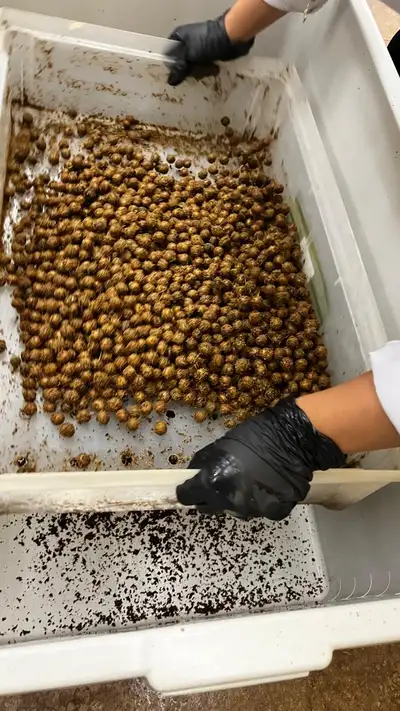
Scientific knowledge - The project is also integrated into the strategic milestones of the Government of Pará aimed at sustainable development, such as the State Policy on Climate Change (PEMC), the State Plan Amazon Now (PEAA), and the State Bioeconomy Strategy (PlanBio). In addition, it meets various Sustainable Development Goals (SDGs) of the UN 2030 Agenda, such as SDG 12 (Responsible consumption and production), SDG 13 (Climate action), SDG 14 (Life below water), and SDG 15 (Life on land).
"Scientific knowledge can be the basis for more sustainable public policies and for a safer climate future. Our project shows that the Amazon is also a center of innovation and sustainable solutions, contributing directly to the discussions leading up to COP 30," says the coordinator.
In addition to contributing to environmental preservation and scientific innovation, the initiative plays an important role in training qualified professionals. A total of 13 undergraduate students, three master's students, two doctoral students, and three postdoctoral researchers have participated in the project, consolidating the "Bio-packaging of the Amazon" as a center of academic and scientific excellence in the region.
Text by intern Alice Mendonça, supervised by journalist Manuela Oliveira


